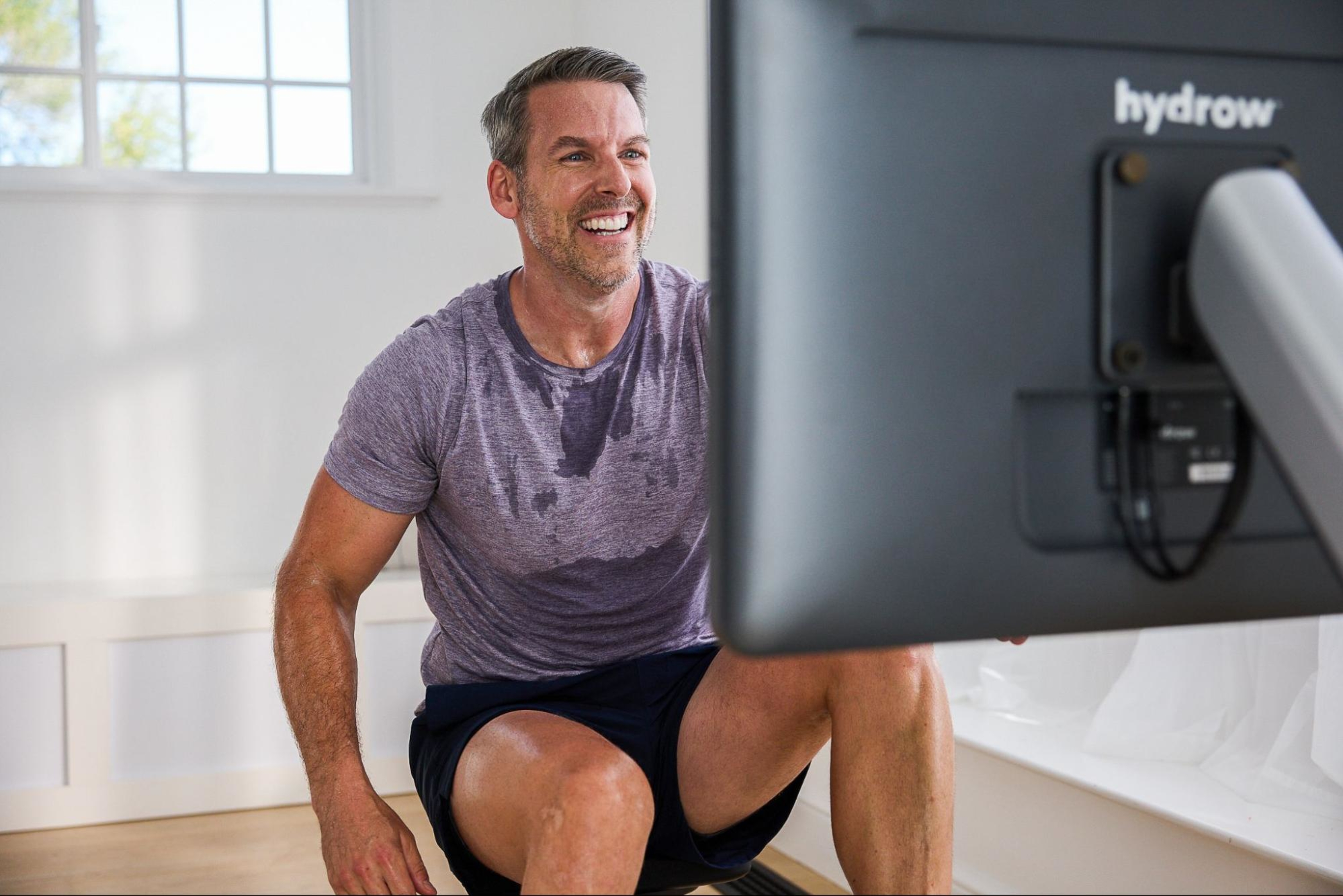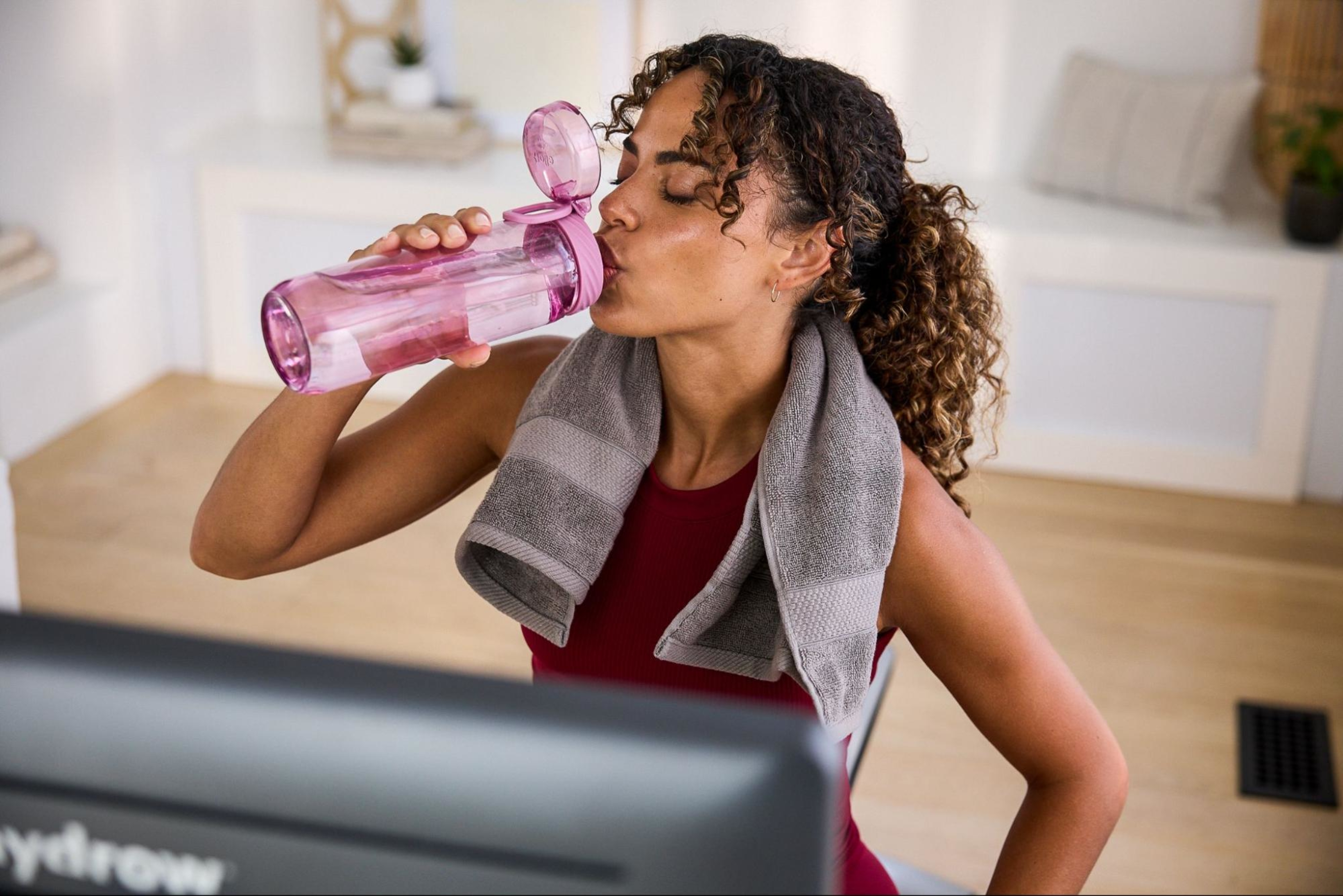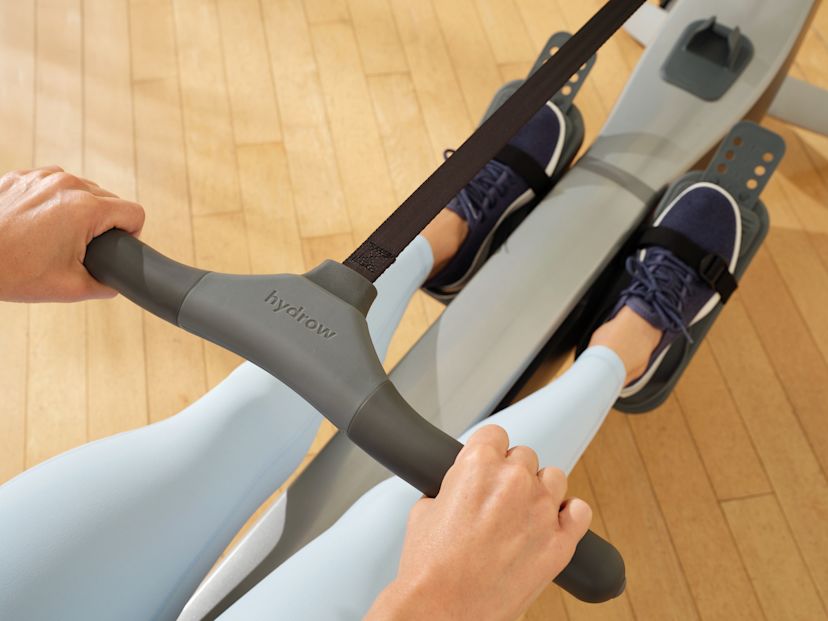Is Rowing the Ultimate Cardio? What It Does to Your Heart That Running Doesn’t
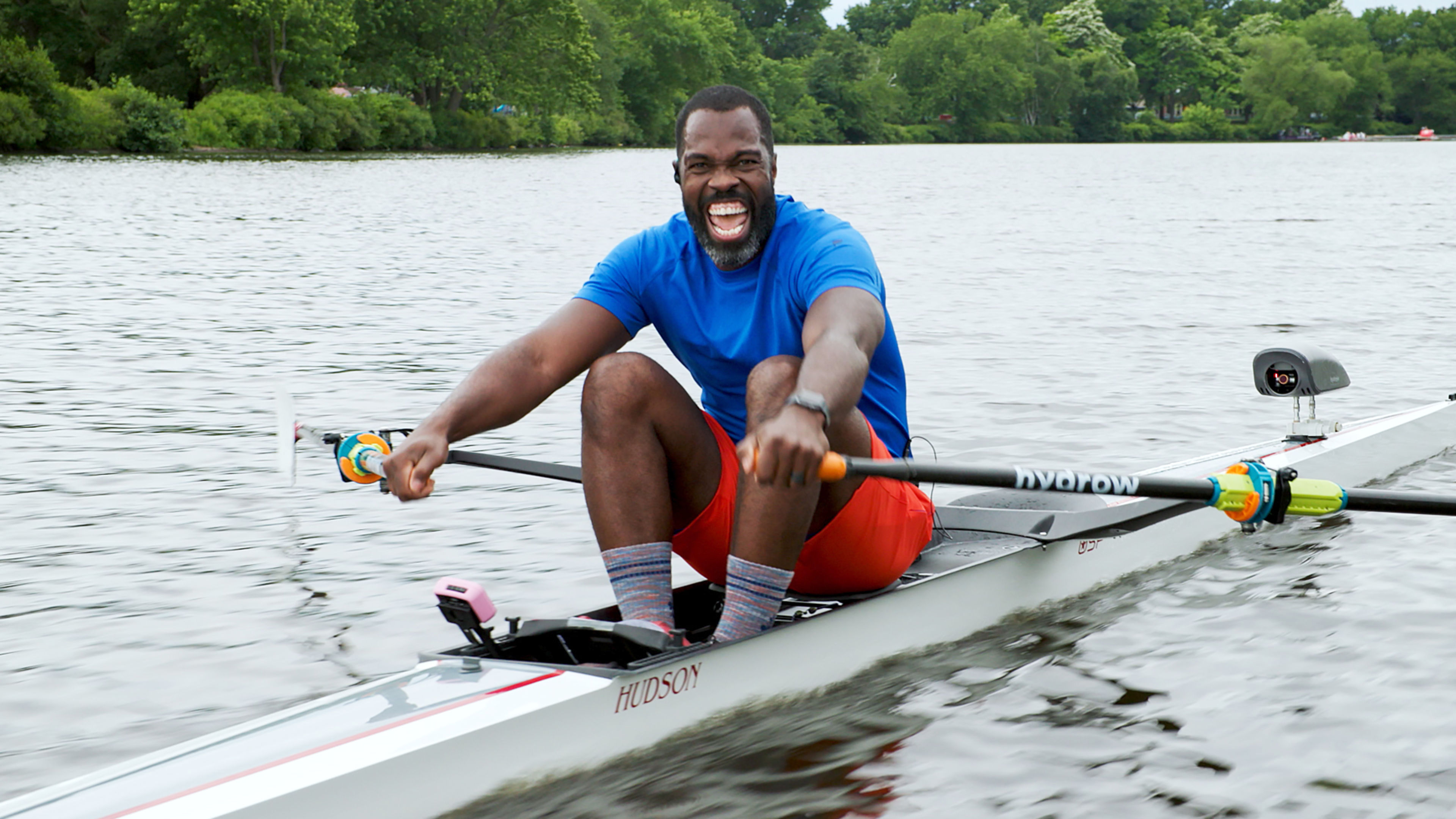
When it comes to cardio workouts, running has long been celebrated as one of the most popular and effective ways to get your heart pumping and your body in shape. But could there be another, more powerful alternative? According to a recently published article in Life Science, evidence suggests that elite rowers tend to have notably bigger hearts than elite runners, representing greater cardiovascular efficiency, improved endurance, and a stronger, more adaptable heart that can handle increased demands.
The question is: Why?
The science behind a bigger heart from rowing
According to a 1994 American Journal of Cardiology study comparing the cardiovascular effects of rowing and running, rowers had the thickest left ventricular wall, the layer of muscle and connecting tissue surrounding the largest chamber of the heart. Runners, on the other hand, did not see the same far-reaching changes in their heart’s structure.
So, what’s going on here? According to Life Science, while rowing and running are both stellar forms of cardiovascular exercise, the difference in how they target your muscles is what sets them apart when it comes to heart health. Running primarily engages your lower-body muscles, particularly your legs. It’s a great workout for building endurance, but it doesn’t involve as much upper-body or core engagement as rowing does.
Rowing, on the other hand, is a full-body workout. Every stroke engages the legs, core, and upper body, working a whopping 86% of your body’s muscles. Because of this, rowing demands more oxygen, promoting your heart to pump more blood to deliver it to your muscles. This heightened cardiovascular demand results in several significant heart health benefits.
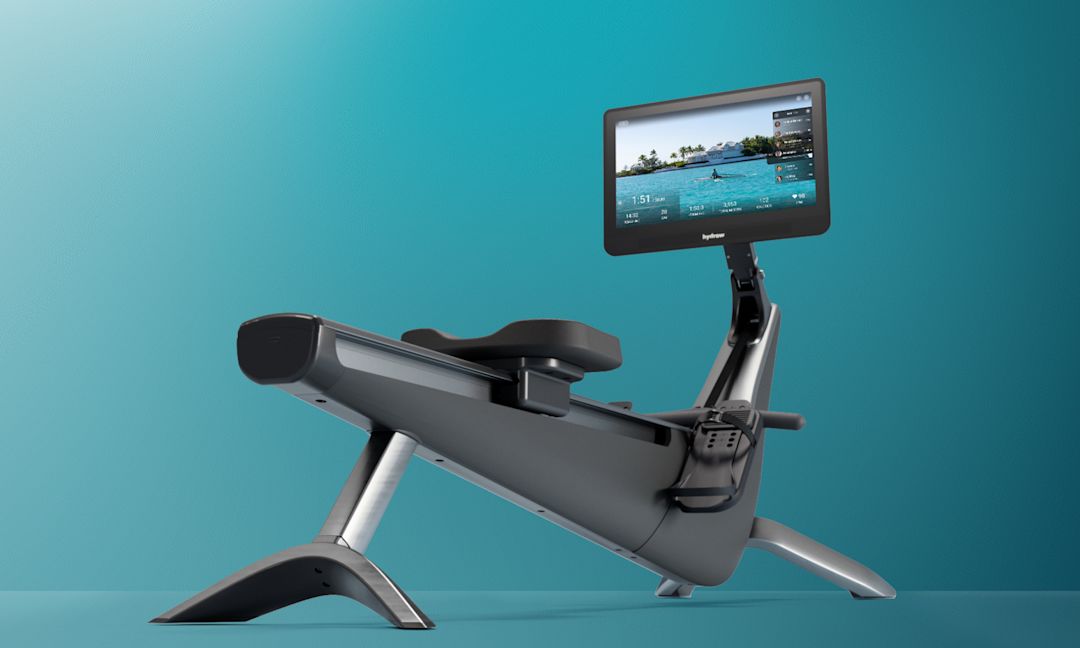
Holiday savings are here
Bring home our award-winning rowers at the best prices of the year.
The heart health benefits of rowing
By engaging multiple muscle groups and demanding more oxygen than running, rowing leads to improvements in heart function and overall cardiovascular health. According to Life Science, here are the key heart health benefits of rowing:
1. Lower resting heart rate
Rowing is a full-body workout that demands a high oxygen supply, requiring the heart to pump more blood per beat. Over time, this results in a significantly lower resting heart rate. The heart becomes more efficient at delivering oxygen, meaning it works less while accomplishing more. This leads to improved cardiovascular efficiency, a hallmark of elite rowers, who often boast some of the lowest resting heart rates among athletes.
2. Higher stroke volume
As rowing increases the demand for oxygen, it also boosts stroke volume, which is the volume of blood pumped from the ventricle per beat. With regular rowing, your heart gets stronger, allowing it to pump more blood with each contraction, which is a key factor in improving cardiovascular fitness. This allows the heart to work less while delivering more oxygen to the working body.
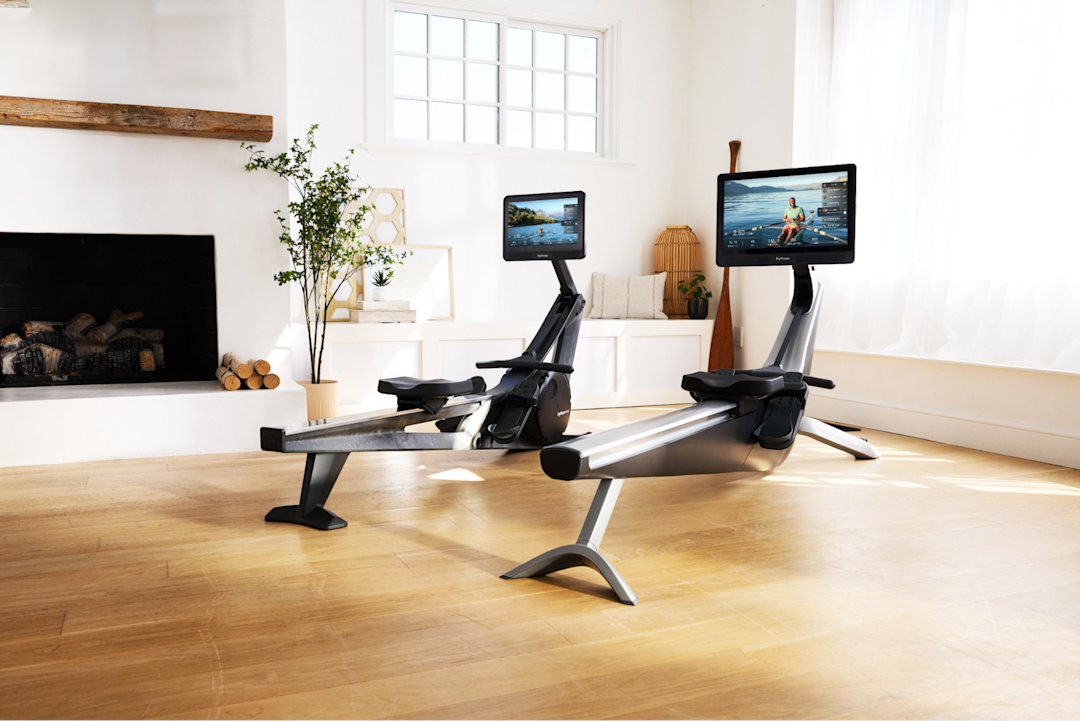
Wondering if a Hydrow rowing machine is right for you? Get answers in our FAQ guide.
3. More oxygen with less effort
The efficient blood flow during rowing helps deliver more oxygen to muscles with each beat. Rowing's full-body engagement promotes better circulation and heart function, while requiring less effort from the heart to achieve the same outcome. As a result, your heart becomes more efficient, contributing to an overall increase in stamina and aerobic capacity.
4. Increased VO2 max
Rowing is an excellent way to enhance your cardiovascular endurance, largely due to its impact on VO2 max (the maximum amount of oxygen your body can utilize during exercise). VO2 max is a key marker of cardiovascular performance, and rowers are known for having both lower resting heart rates and higher VO2 max levels. In fact, a 2003 study from the Scandinavian Journal of Medicine & Science in Sports found that VO2 max was higher during rowing than during running, highlighting the sport’s exceptional ability to enhance cardiovascular endurance.
Invest in your heart health with a Hydrow rowing machine
Rowing offers several heart health benefits that go beyond what running alone can provide. With its full-body engagement and emphasis on oxygen delivery, rowing leads to a stronger, more efficient heart, improving endurance, cardiovascular health, and overall fitness.
If you’re considering adding a rowing machine to your home, Hydrow brings more than just equipment—it brings total-body results and intelligent training.
Each stroke works 86% of your muscles, delivering an efficient, immersive workout—and with real-time feedback and personalized scores, Hydrow helps you help you row smarter, build strength, and stay motivated. Just 20 minutes a day is all it takes to move with purpose, boost energy, and see results that last.
Hydrow’s workouts are led by world-class and Olympic Athletes and filmed on real water in beautiful locations around the world. Whether you’re rowing or cross-training with yoga, Pilates, strength, mobility, or circuit workouts, you’ll find movement that motivates—and keeps you coming back.
Ready to train smarter? Explore what Hydrow can do for you.
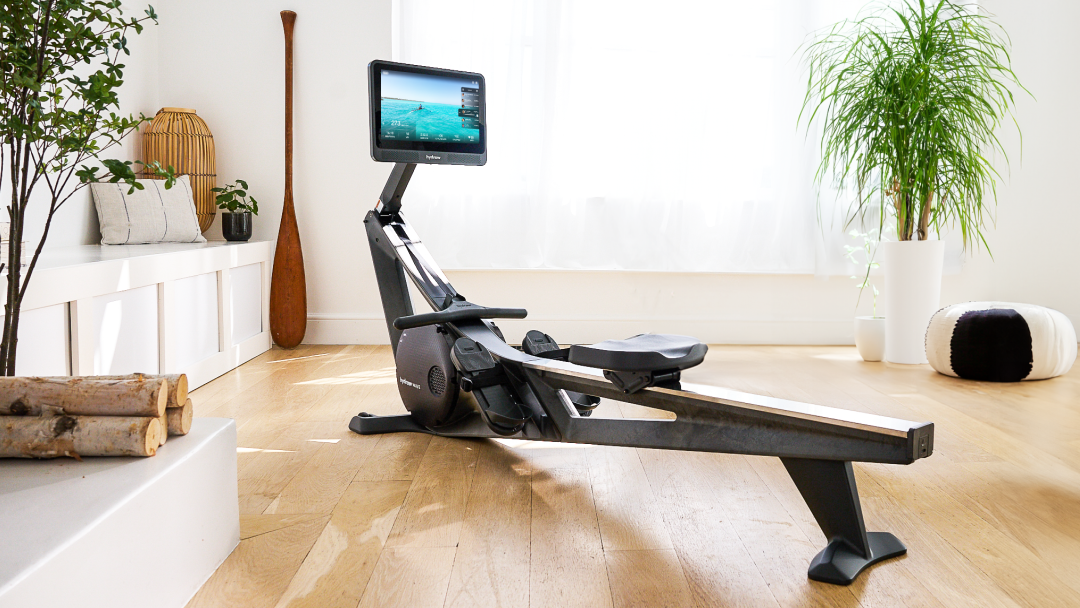
Real strength keeps moving
Learn how working out with Hydrow can help support a fuller, more active life.

